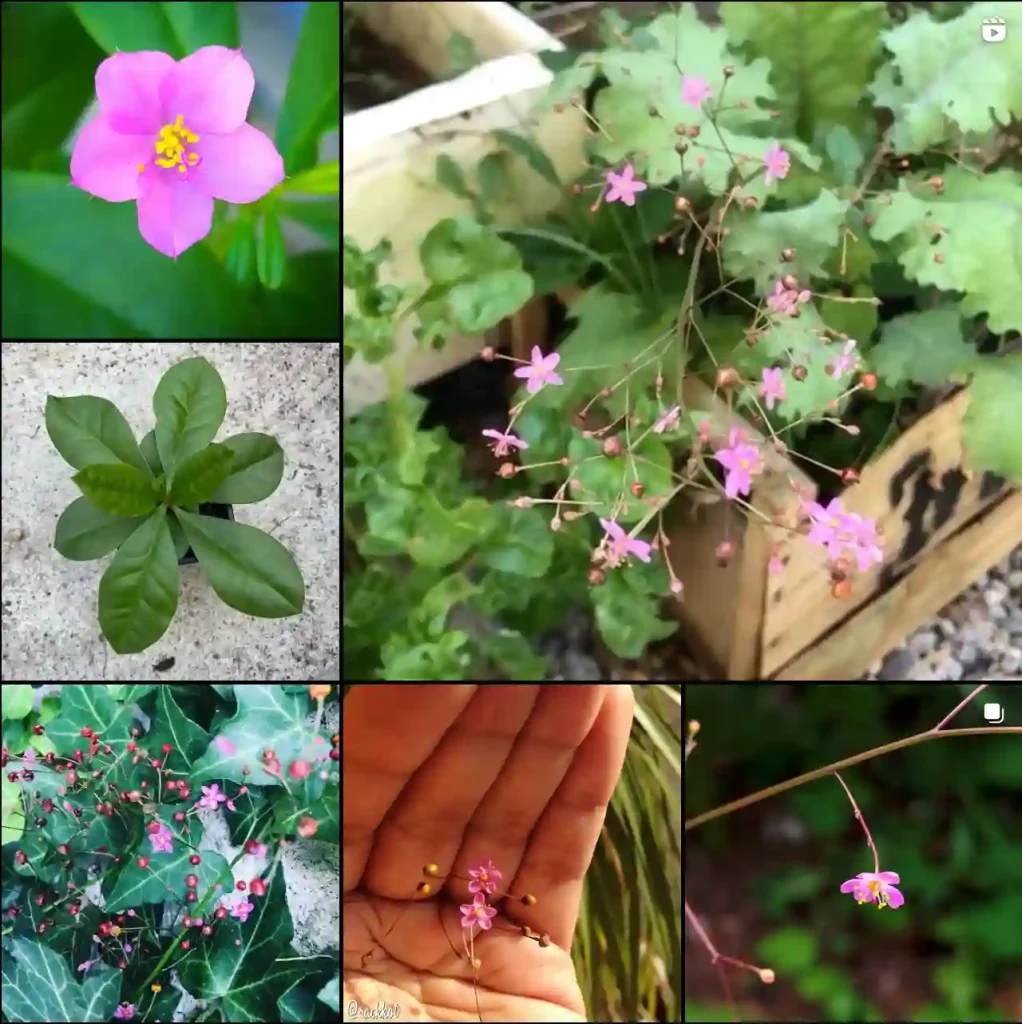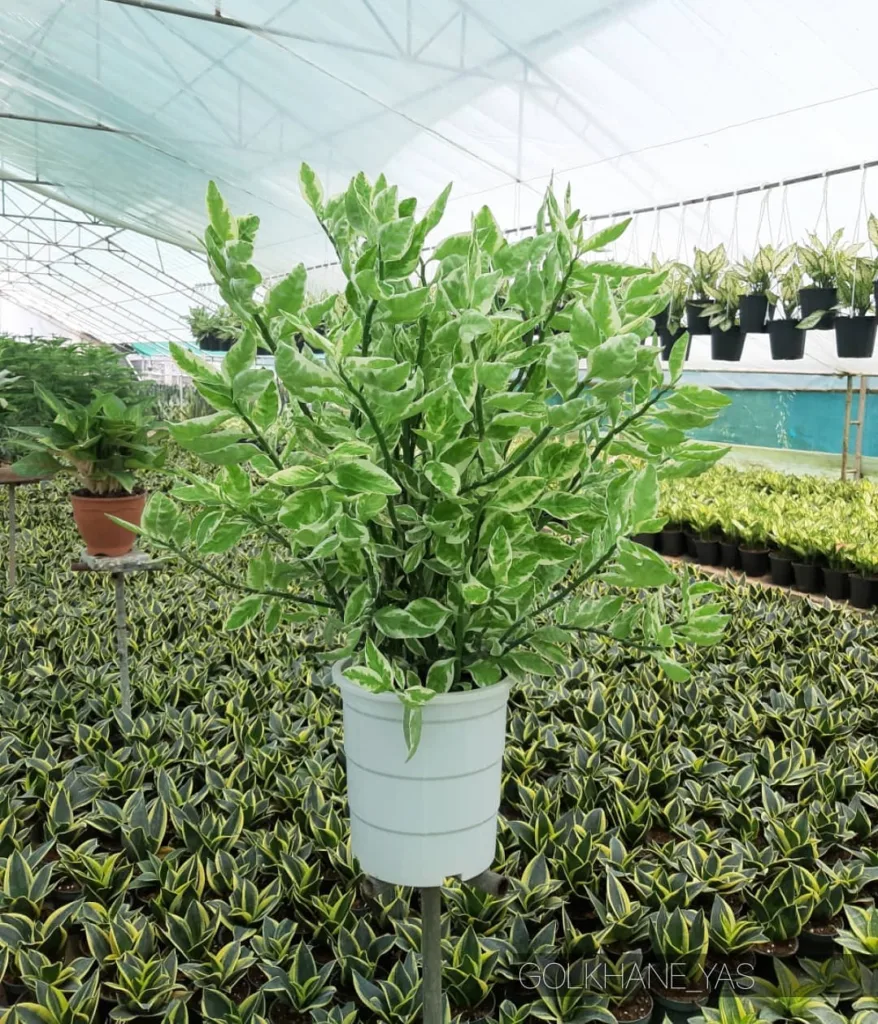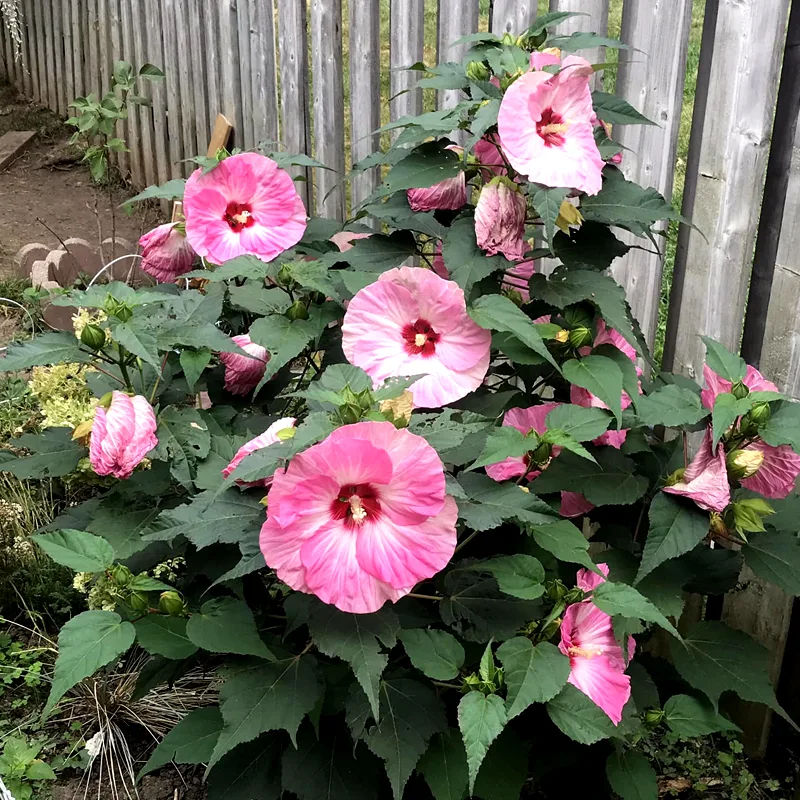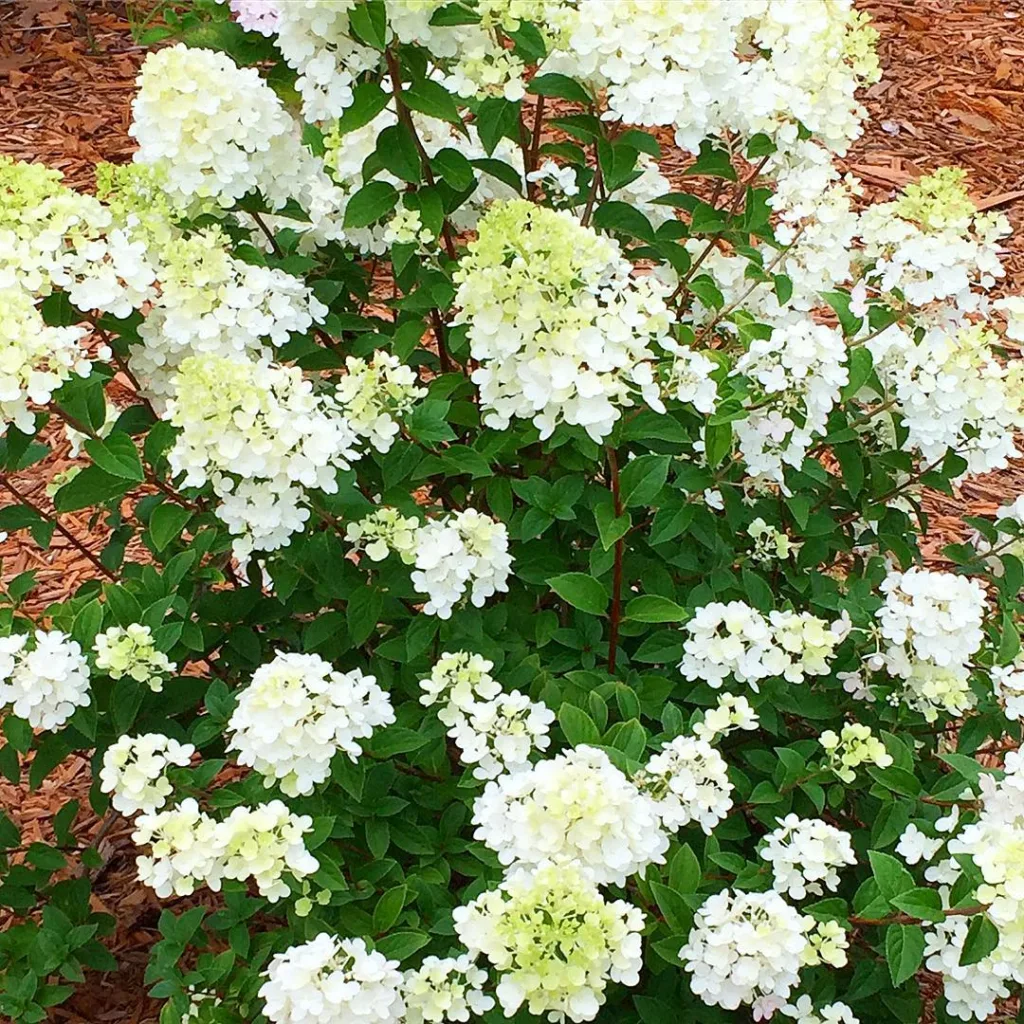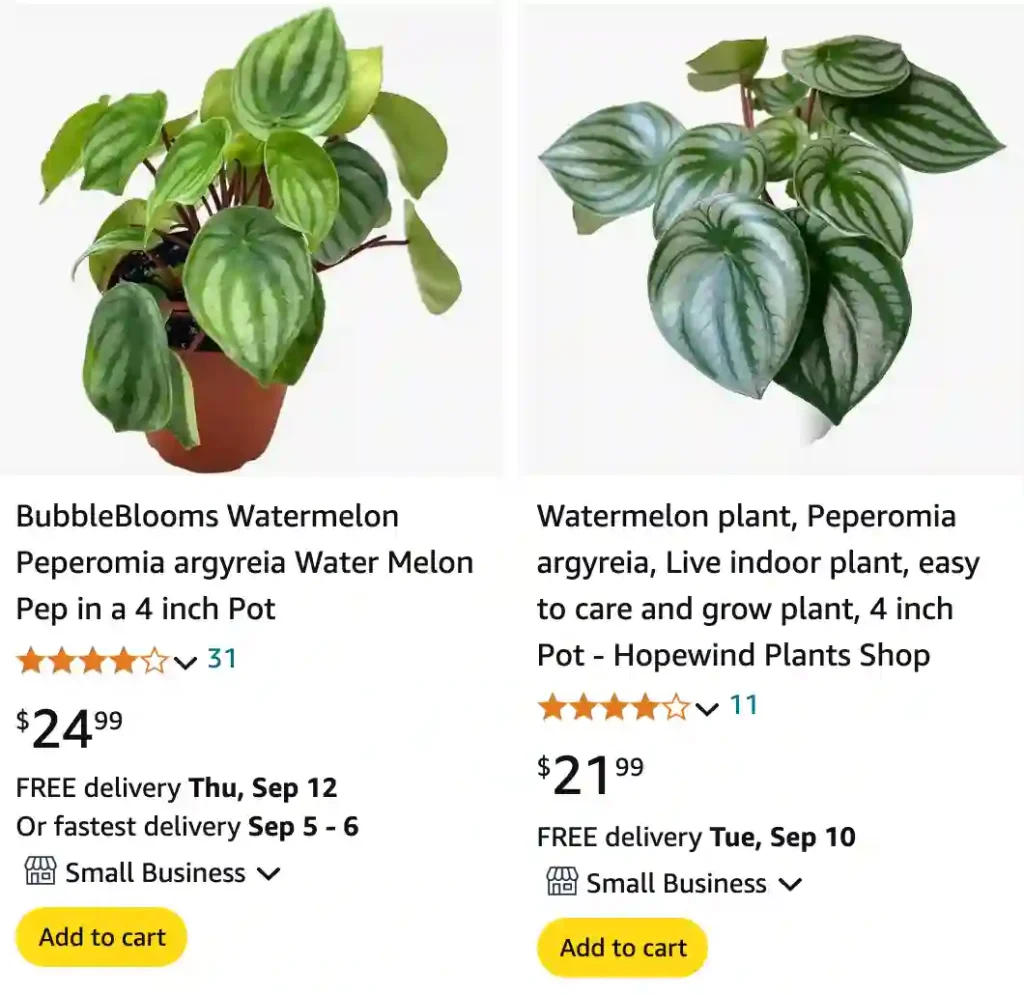
What Is Peperomia Argyreia?
Peperomia Argyreia, commonly known as the Watermelon Peperomia, is a delightful and unique houseplant. Its striking foliage features bold green and silver stripes, which resemble the pattern of a watermelon, hence the name. Native to South America, this plant is appreciated for its compact size, making it a great choice for indoor gardening.
1424 Species in Genus Peperomia
How to Care for Peperomia Argyreia?
Caring for Peperomia Argyreia is relatively straightforward, making it an ideal choice for both novice and experienced plant enthusiasts. Here’s what you need to know to keep your Watermelon Peperomia thriving:
Light Requirements
Peperomia Argyreia prefers bright, indirect light. Direct sunlight can scorch its leaves, so placing it near a window with filtered light or in a well-lit room is best. It can tolerate lower light conditions, but its growth may slow down.
Watering Needs
This plant has low to moderate water requirements. Allow the top inch of soil to dry out between waterings. Overwatering can lead to root rot, so it’s crucial to ensure the pot has good drainage. During winter, reduce watering as the plant’s growth slows down.
Soil and Fertilizer
A well-draining potting mix is essential. A blend of potting soil with perlite or sand works well. Feed Peperomia Argyreia with a balanced, water-soluble fertilizer every 4-6 weeks during the growing season (spring and summer). Avoid over-fertilizing, as it can harm the plant.
Temperature and Humidity
This plant thrives in temperatures ranging from 65°F to 80°F (18°C to 27°C). It prefers moderate to high humidity but can adapt to average home humidity levels. If your home is particularly dry, consider placing a humidifier nearby or misting the plant occasionally.
How to Propagate Peperomia Argyreia?
Propagation of Peperomia Argyreia is an enjoyable and rewarding process. Here’s how to do it:
Leaf Cuttings
- Select a Healthy Leaf: Choose a mature, healthy leaf from the plant.
- Cut the Leaf: Use a clean, sharp knife or scissors to cut the leaf at the base, making sure to include a small portion of the stem.
- Allow to Callus: Let the leaf cuttings dry for a day or two to form a callus over the cut surface. This helps prevent rot.
- Plant the Cutting: Place the leaf in a pot filled with a well-draining mix. Water lightly and cover the pot with a plastic bag or dome to maintain humidity.
- Wait for Roots: After a few weeks, roots should develop. Once they’re well-established, you can transplant the new plant into a larger pot.
Offsets
Peperomia Argyreia can also be propagated by dividing offsets. Gently separate the offsets from the main plant and pot them individually in a suitable potting mix.
Is Peperomia Argyreia Toxic to Cats?
One of the concerns many pet owners have is whether Peperomia Argyreia is toxic to cats. Fortunately, this plant is non-toxic to cats and dogs. However, it’s always a good practice to monitor your pets to ensure they don’t chew on plants, as excessive ingestion of any plant material can potentially cause mild digestive upset.
What to Plant With Peperomia Argyreia?
If you’re considering companion plants for Peperomia Argyreia, look for species with similar care requirements. Some good options include:
- Snake Plant (Sansevieria): Thrives in similar light and water conditions.
- Pothos (Epipremnum aureum): A low-maintenance plant that complements the Peperomia’s aesthetic.
- ZZ Plant (Zamioculcas zamiifolia): Shares similar watering needs and adds a contrasting texture.
Can You Grow Peperomia Argyreia Indoors?
Yes, Peperomia Argyreia is an excellent choice for indoor growth. Its compact size and low maintenance make it a suitable addition to any indoor space, whether on a desk, shelf, or coffee table. It’s particularly well-suited for small apartments or offices where space is limited.
Benefits of Peperomia Argyreia
Aside from its visual appeal, Peperomia Argyreia offers several benefits:
- Air Purification: Like many houseplants, it helps improve indoor air quality by filtering toxins.
- Low Maintenance: Its easy care requirements make it an ideal plant for busy individuals or those new to gardening.
- Compact Size: Its small stature allows it to fit in various spaces, making it versatile for different settings.
Common Problems with Peperomia Argyreia
While Peperomia Argyreia is generally low-maintenance, it can encounter some issues:
- Leaf Drop: Often caused by overwatering or poor drainage. Ensure the soil is well-draining and only water when necessary.
- Leaf Spotting: This can result from fungal infections. Improve air circulation around the plant and avoid overhead watering.
- Pests: Watch out for common pests like mealybugs or spider mites. Regularly check the leaves and treat infestations promptly.
Comparison with Similar Plants
If you’re considering other Peperomia varieties, Peperomia Obtusifolia and Peperomia Caporata are similar but have different leaf shapes and growth habits. Peperomia Obtusifolia has rounder leaves and a bushier growth form, while Peperomia Caporata features more textured leaves.
By understanding these aspects of Peperomia Argyreia, you can enjoy a thriving and visually appealing plant that adds charm to your indoor garden.
If i die, water my plants!
